Cyrille Weiner
Paris Haussmann
2017
In the 19th century, Paris underwent profound transformations above and below ground, from the city center to its outskirts. Georges Eugène Haussmann, Prefect of the Seine from 1853 to 1870, embodies this entire century of public works that continue to shape the city’s organization and identity. Paris Haussmann explores and analyzes the characteristics of this homogenous yet polymorphous cityscape, the result of a lengthy process of changes and evolutions, even in recent times. Research was conducted at all levels to classify and compare roadways, identify public spaces, and organize the blocks and buildings according to their current geometry. For the first time, the qualities of the Haussmann model have been set forth to show how they grapple with the challenges that contemporary cities face.
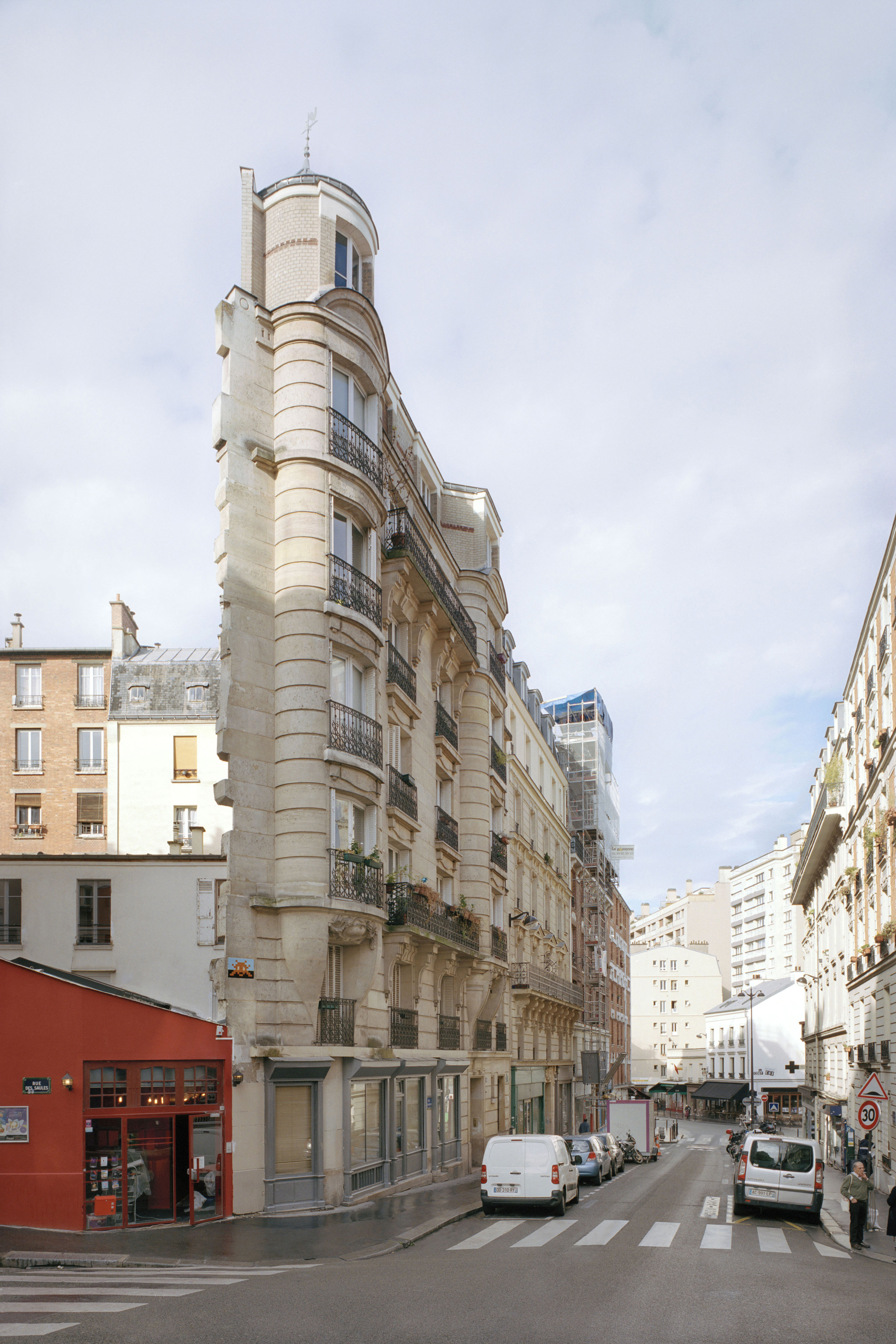
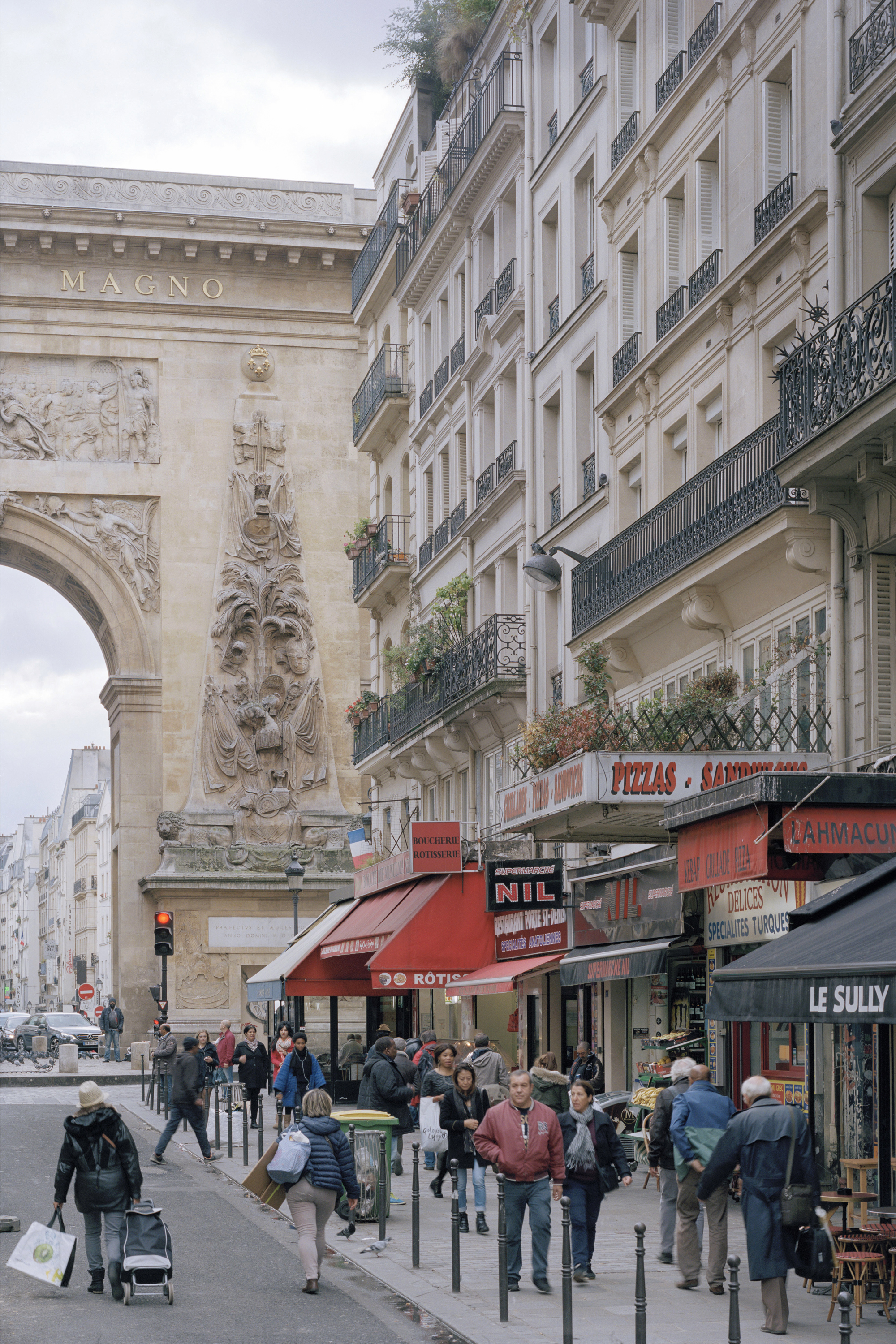

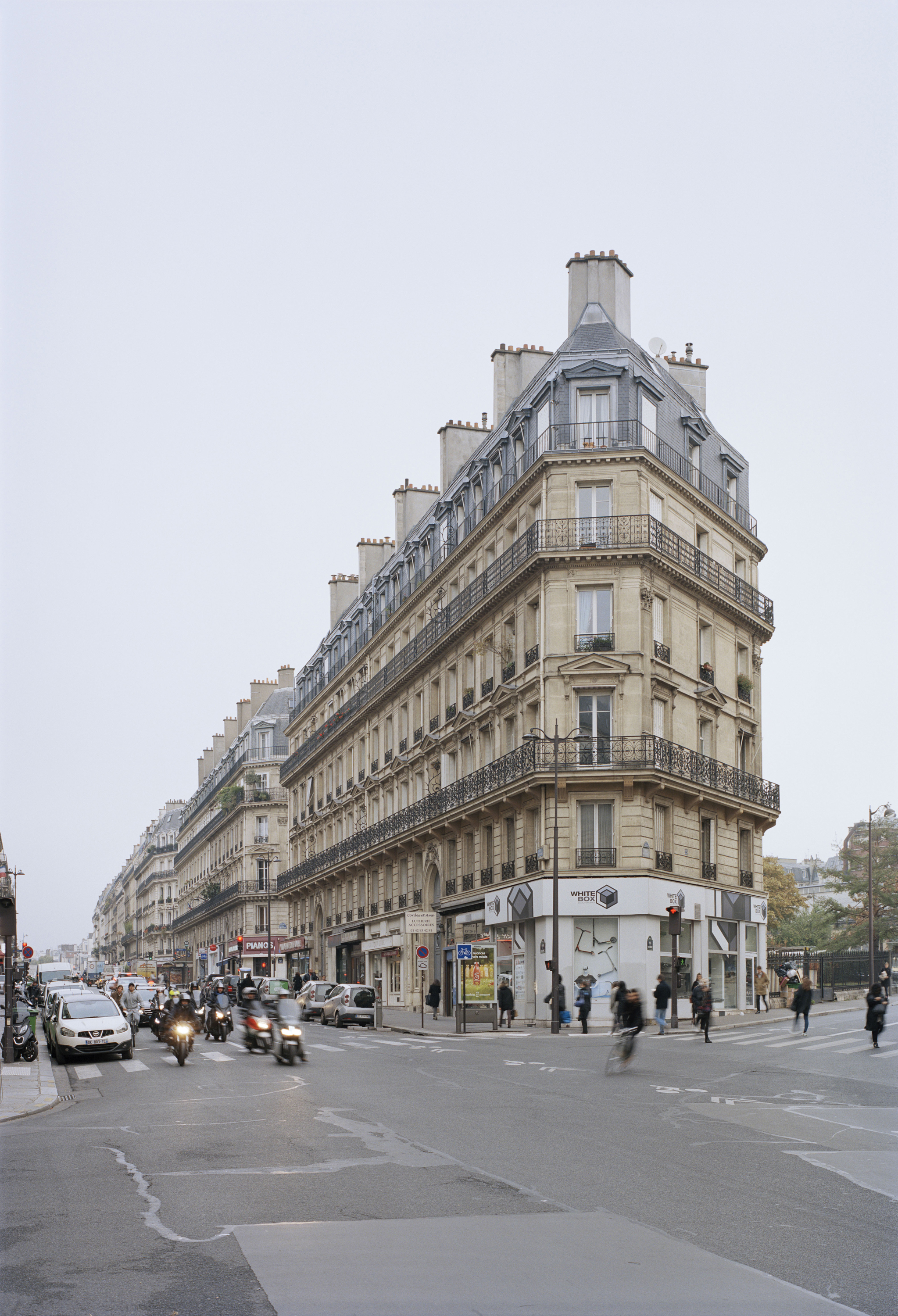
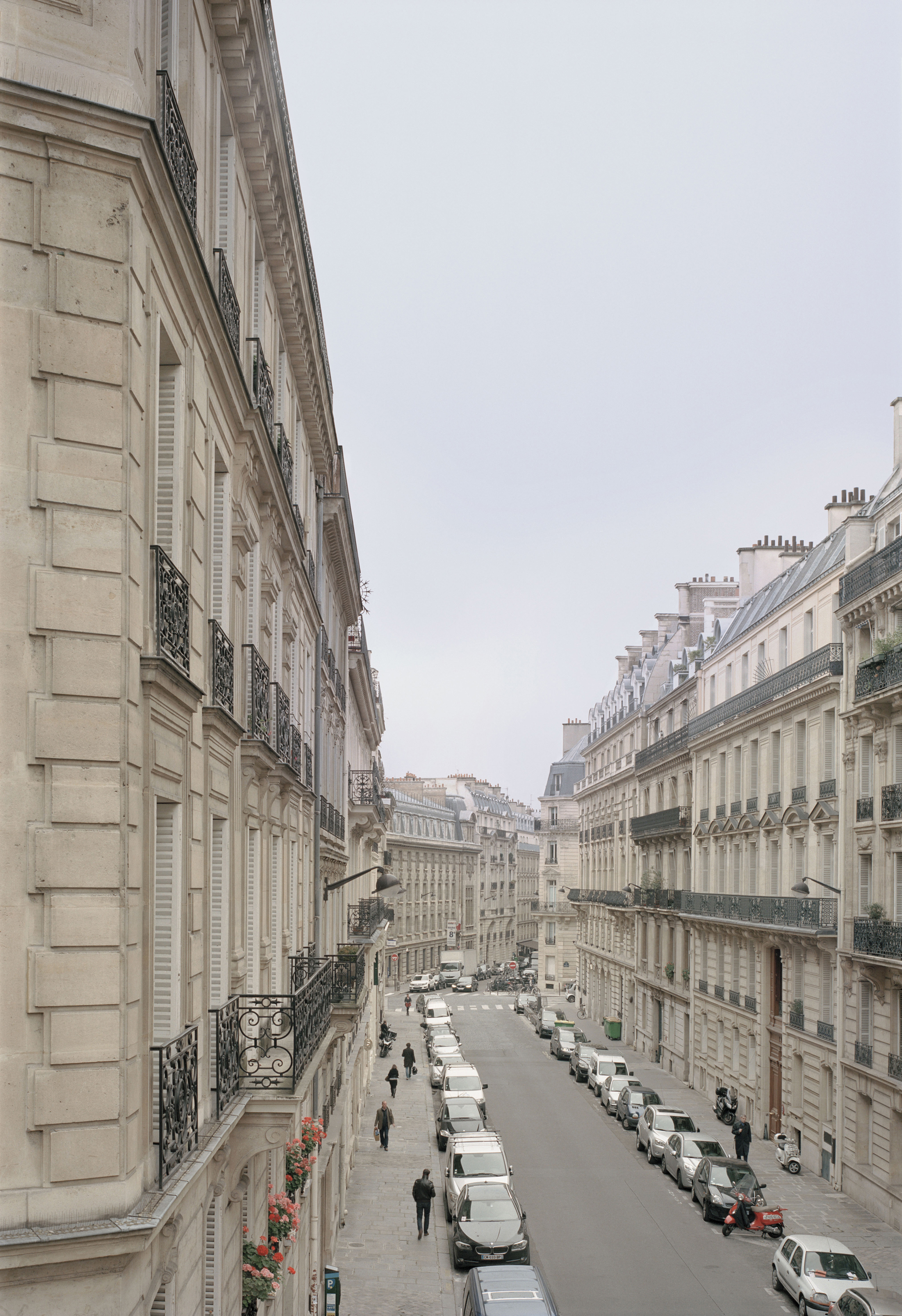
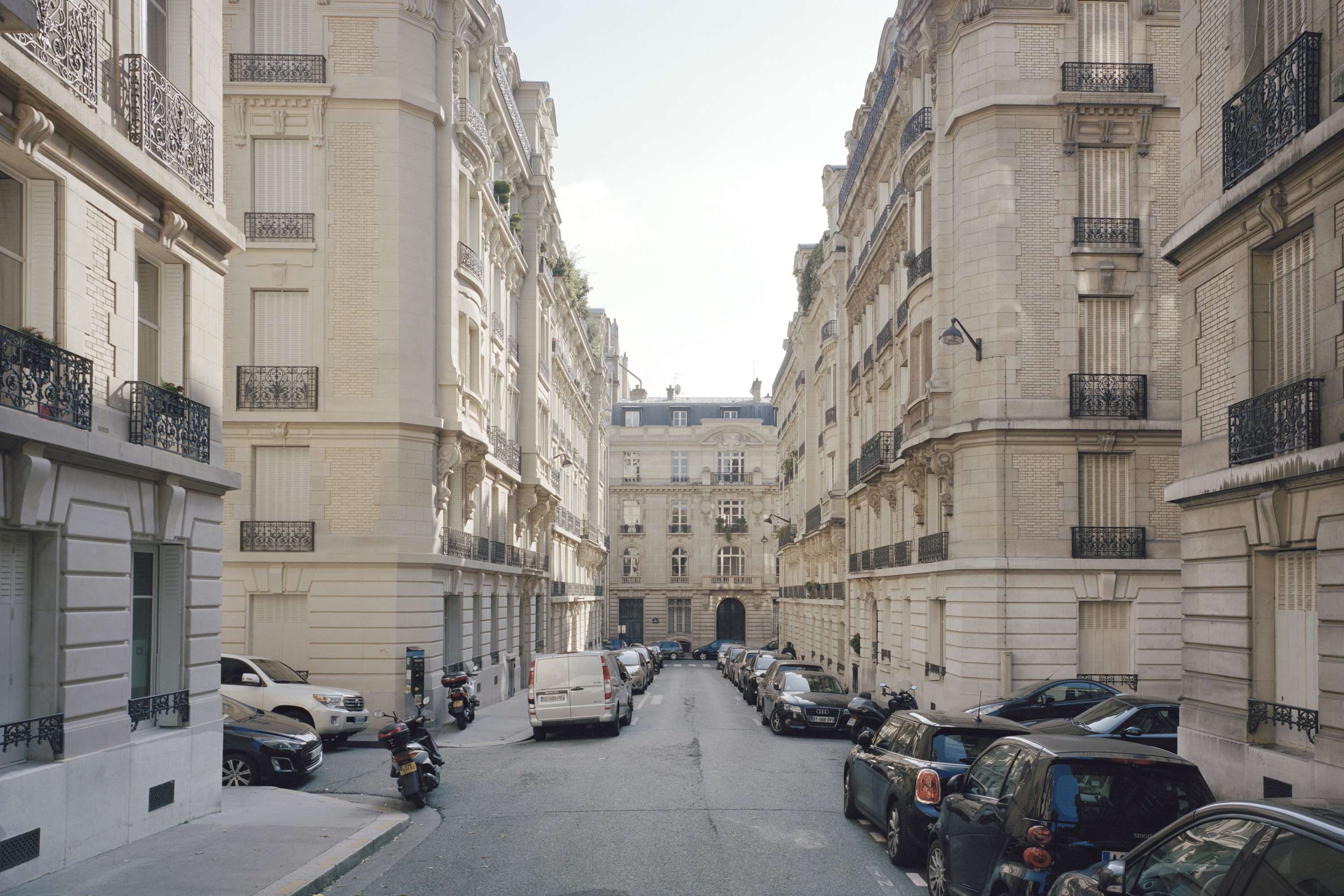
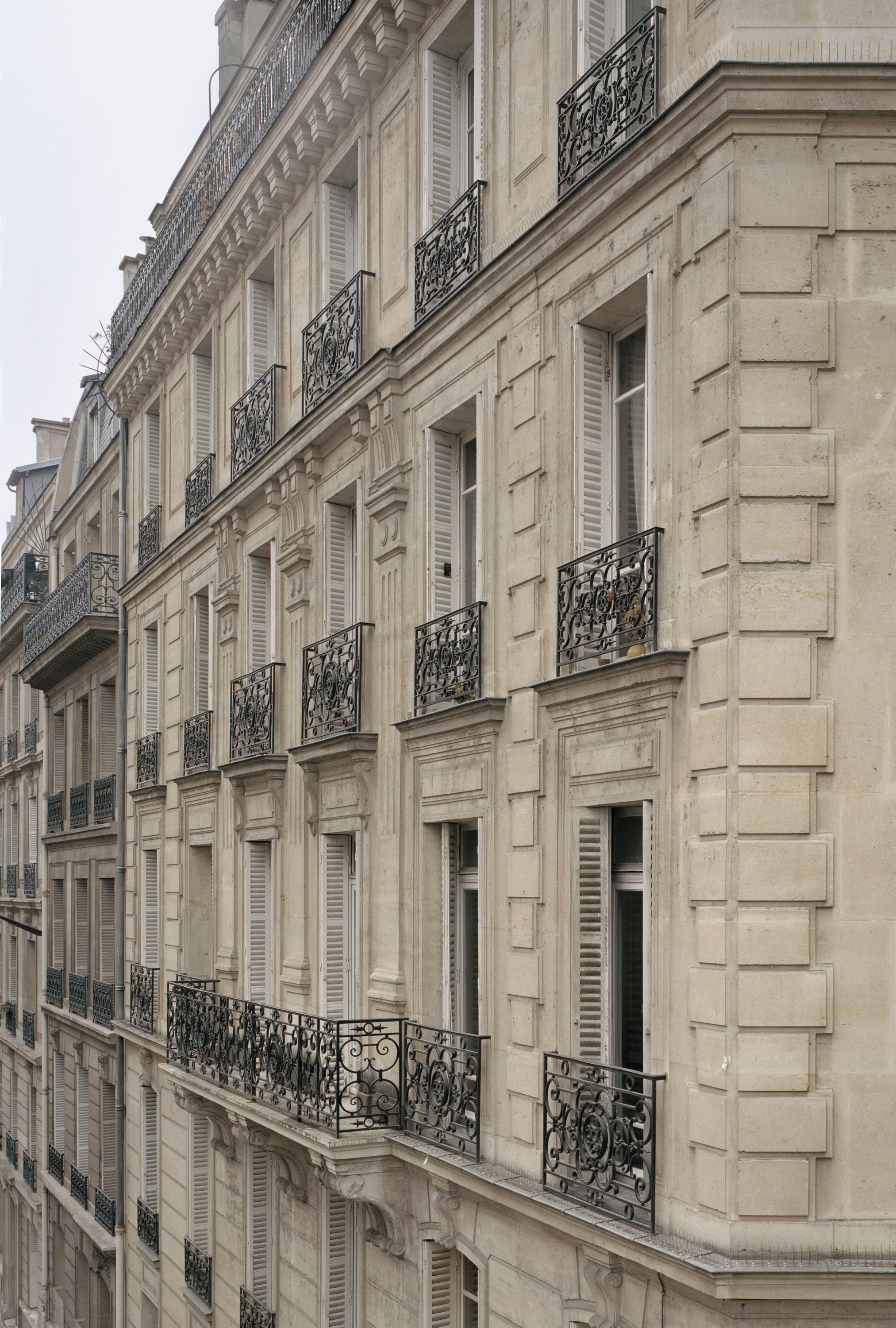
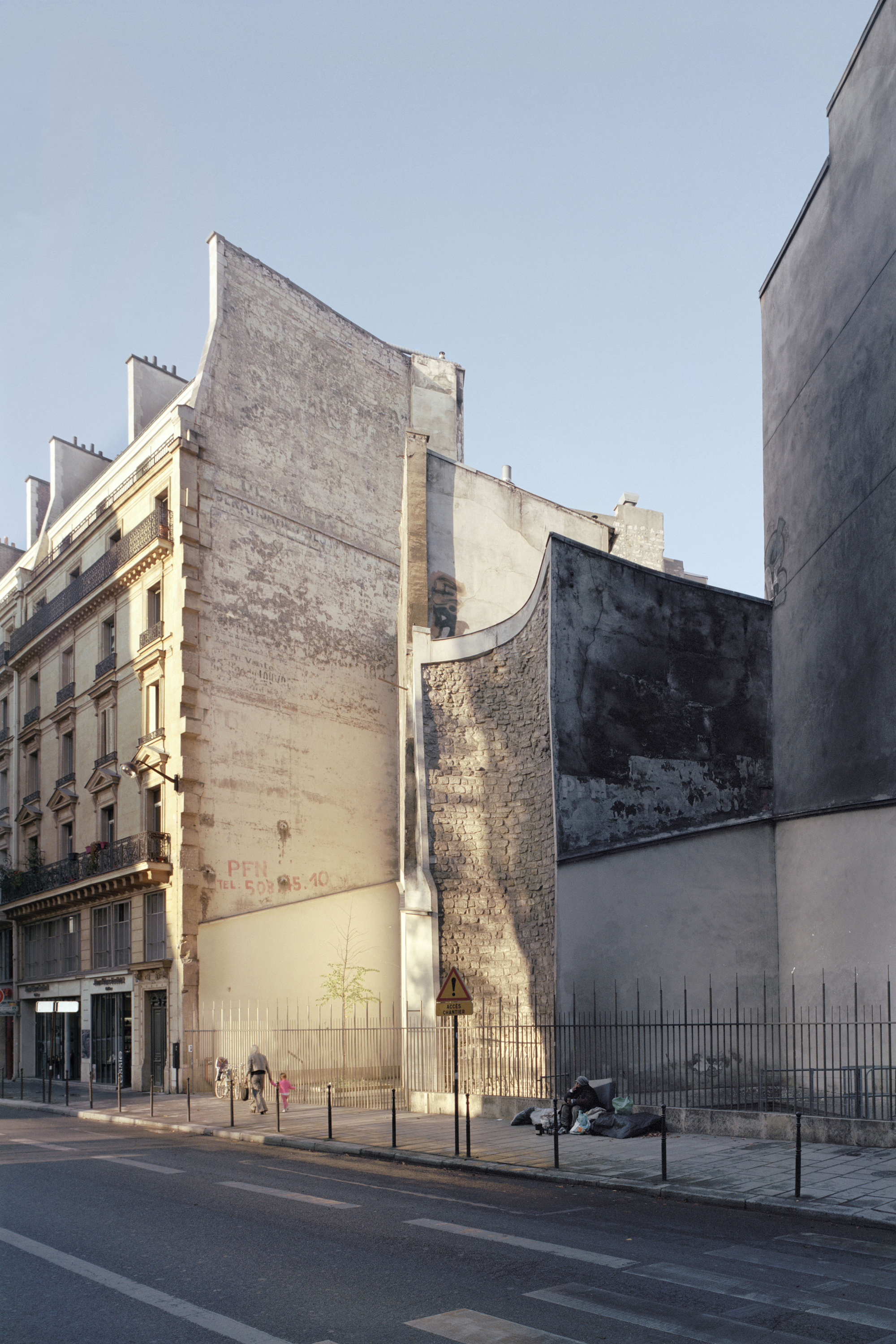
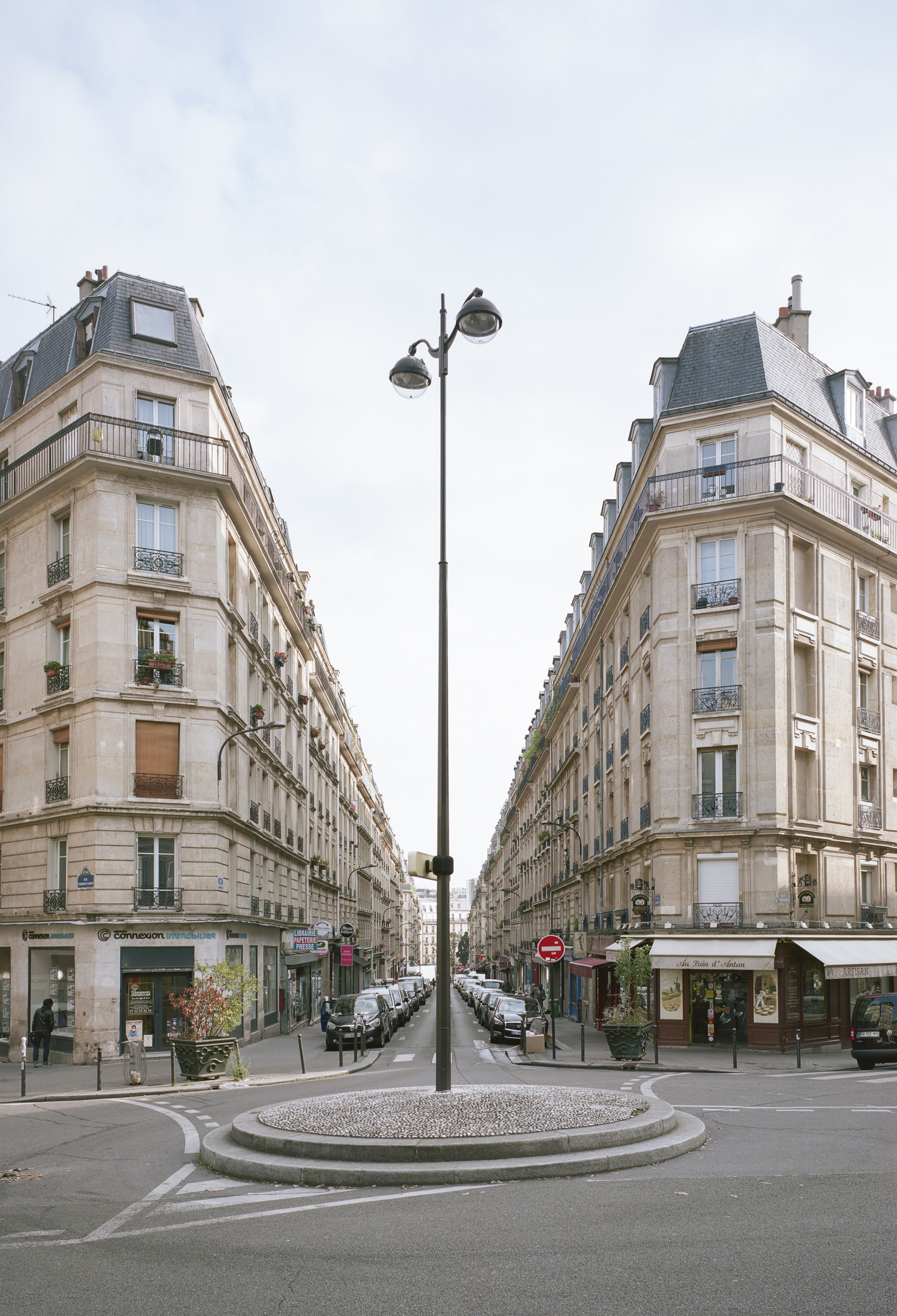
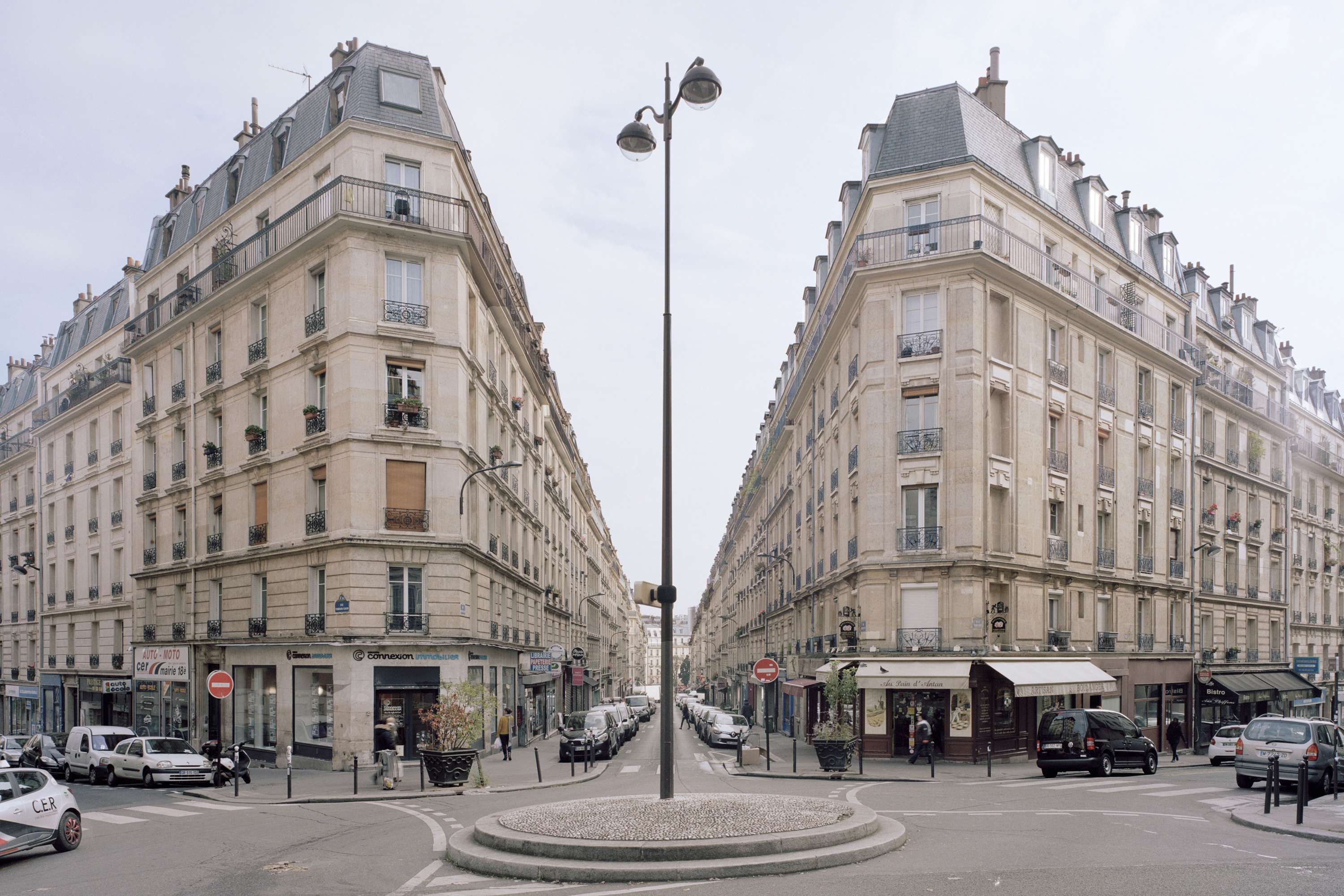
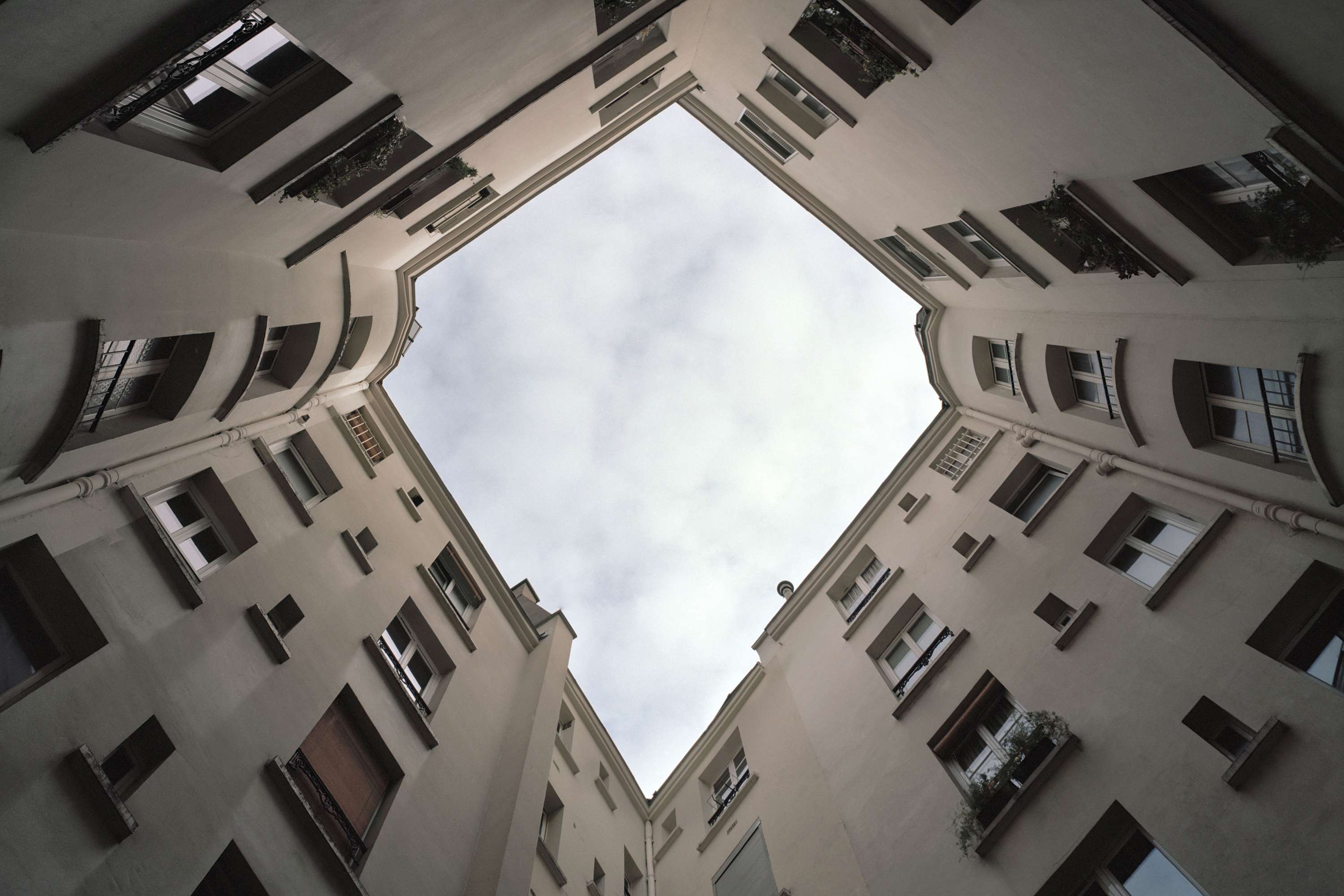
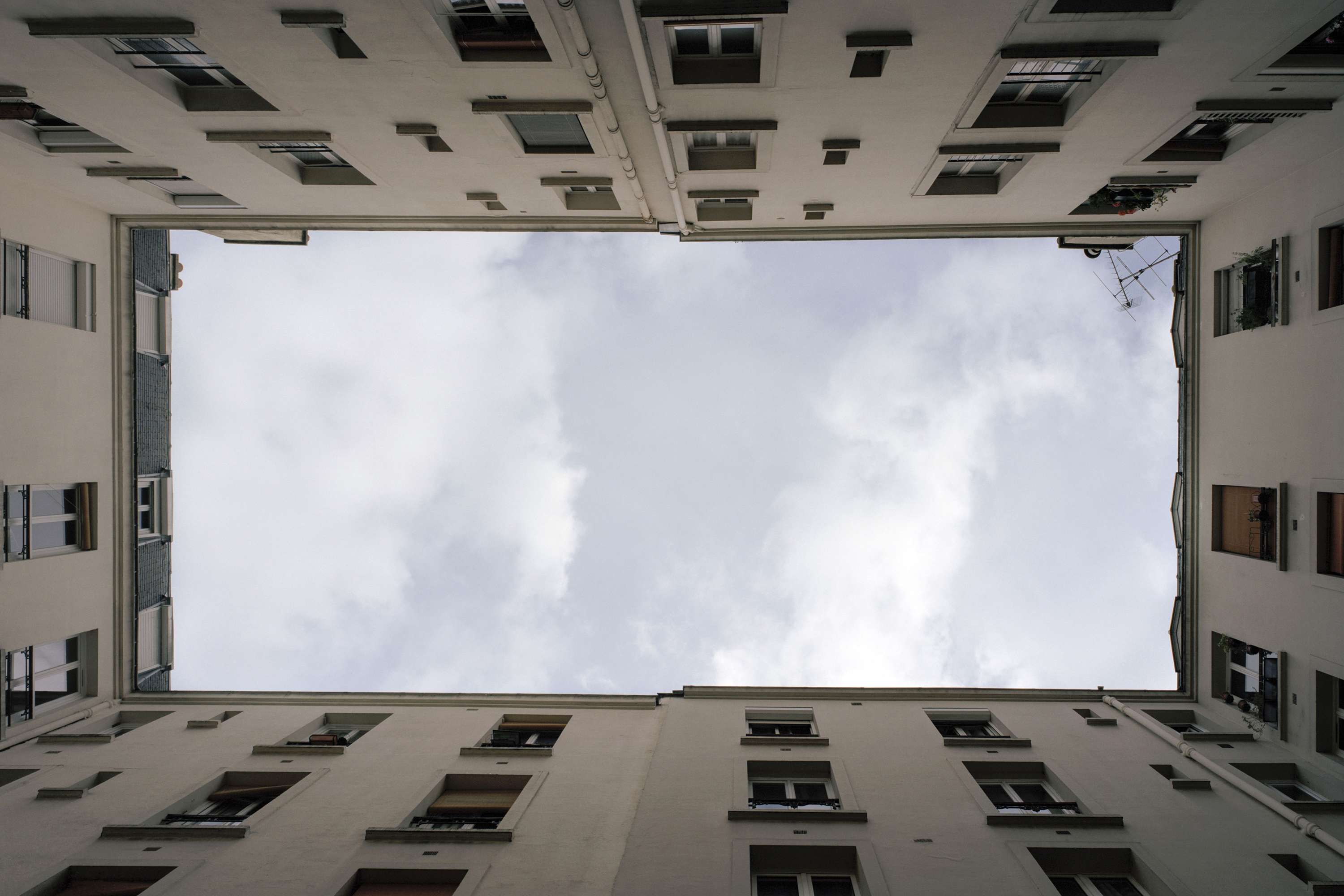
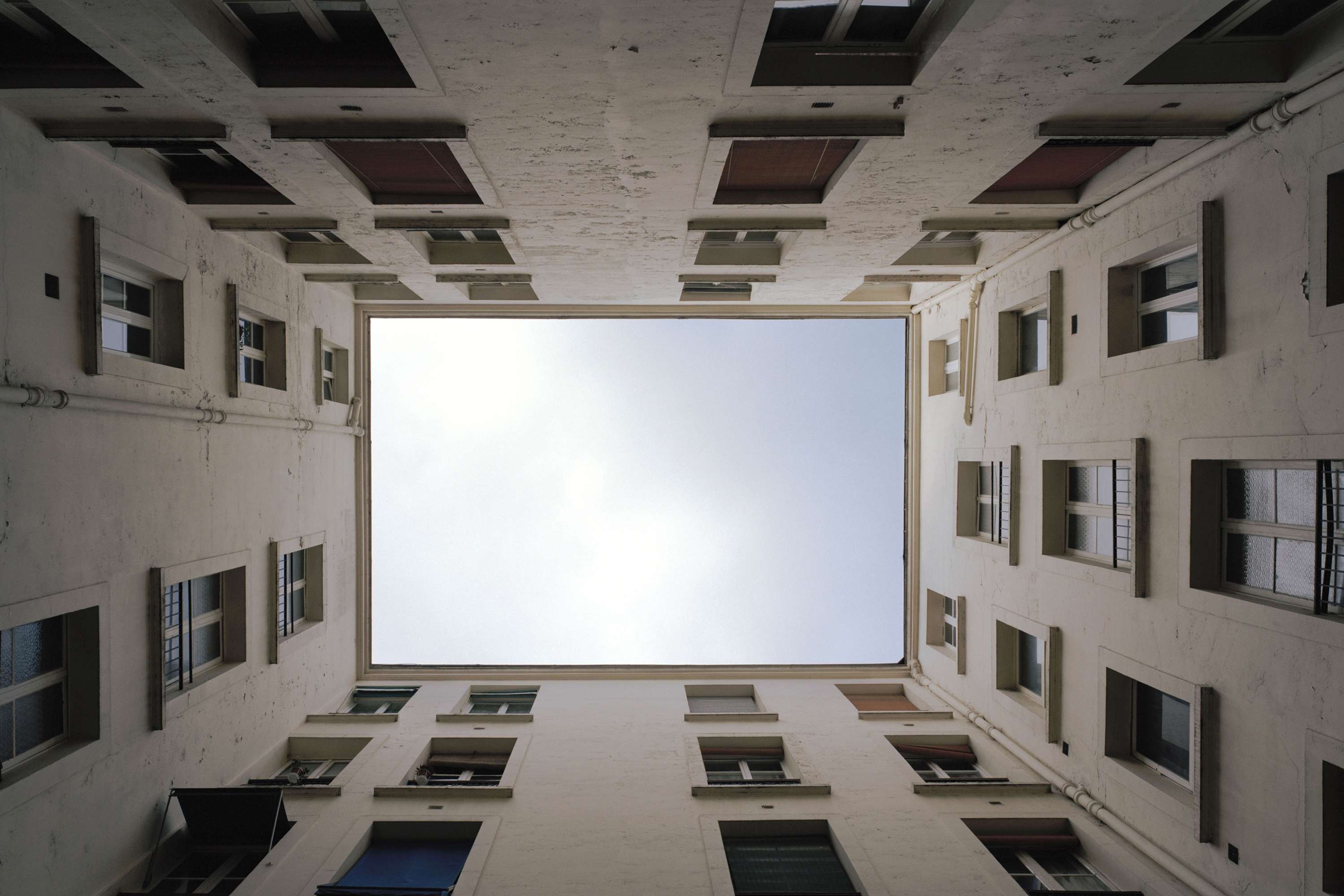
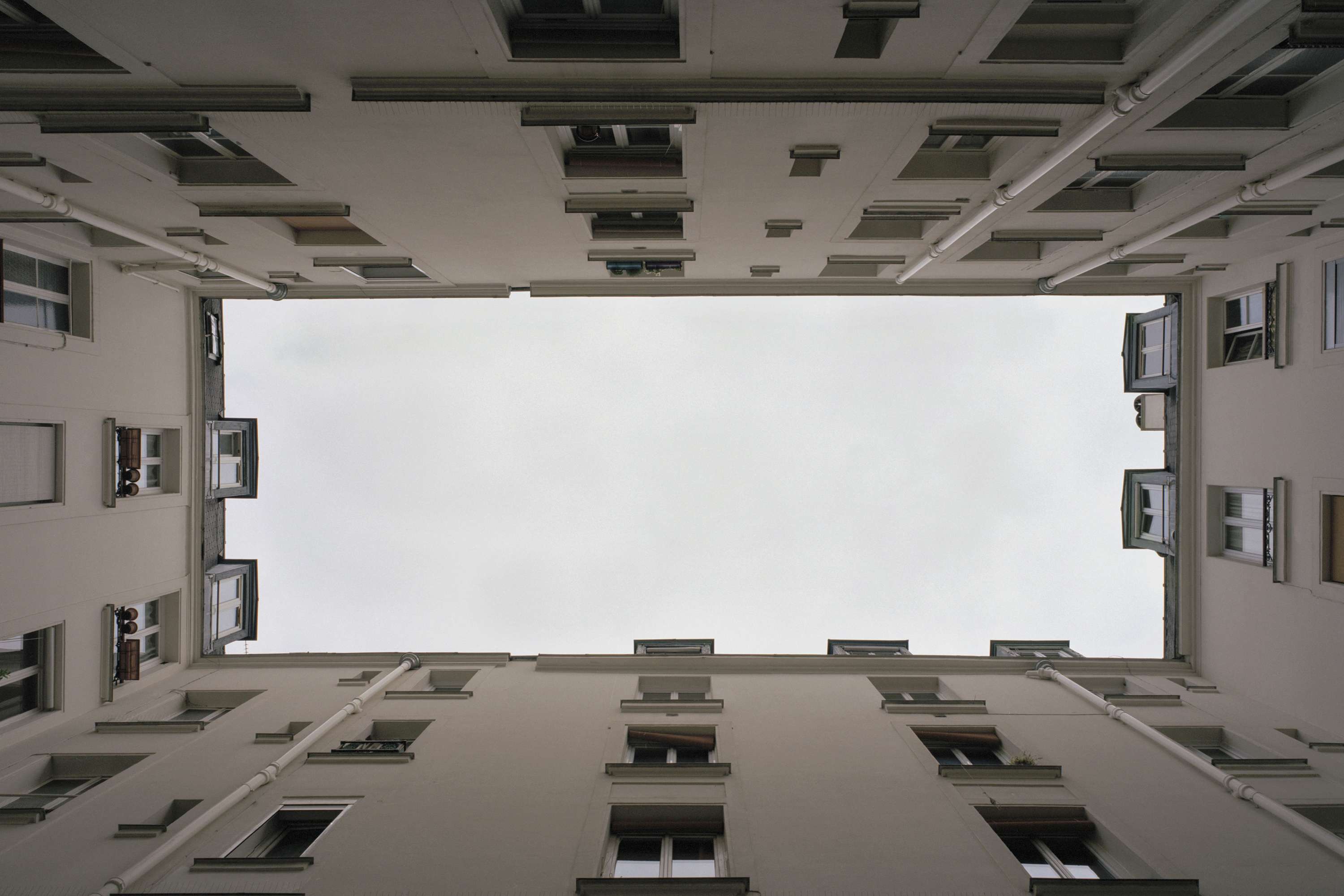
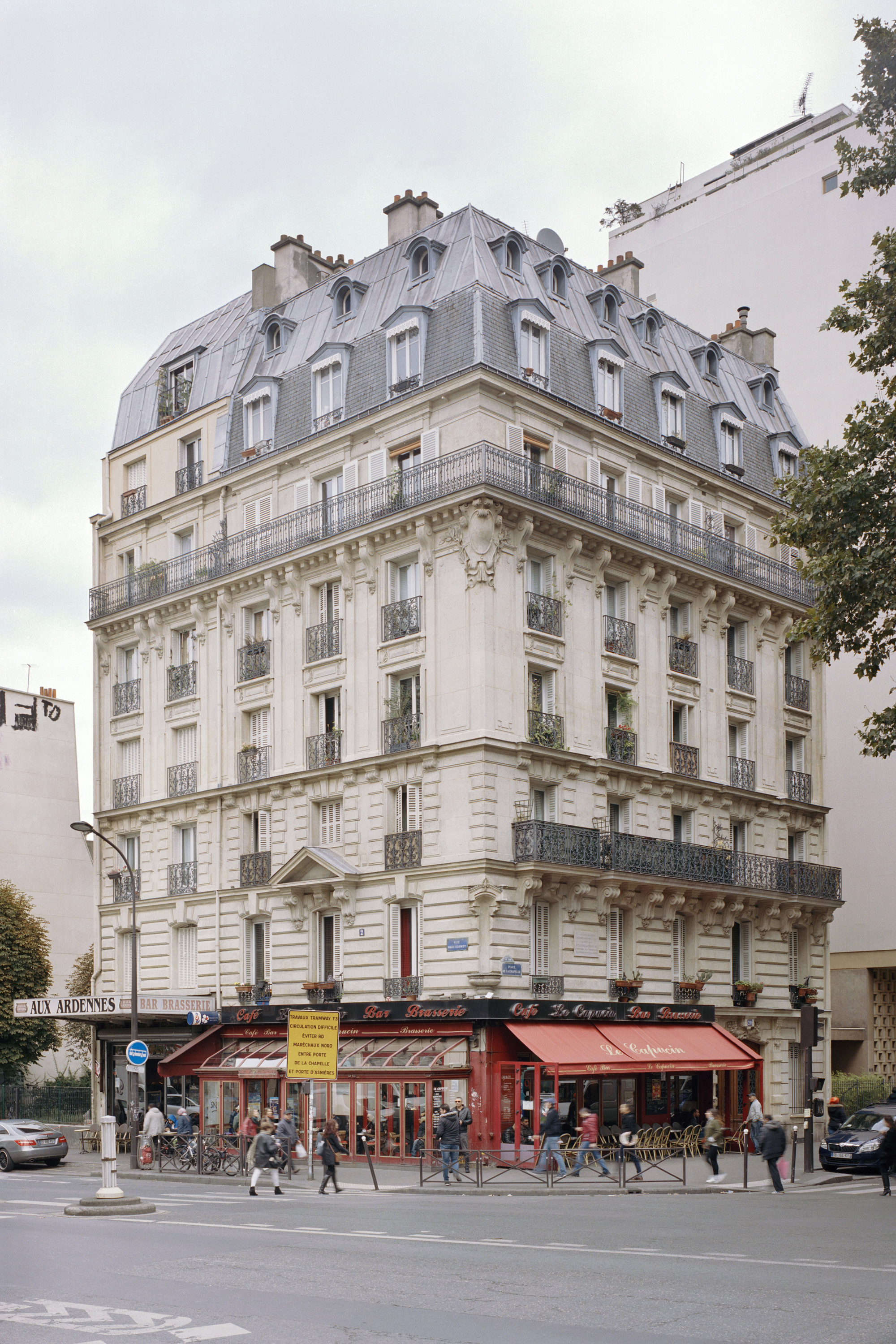
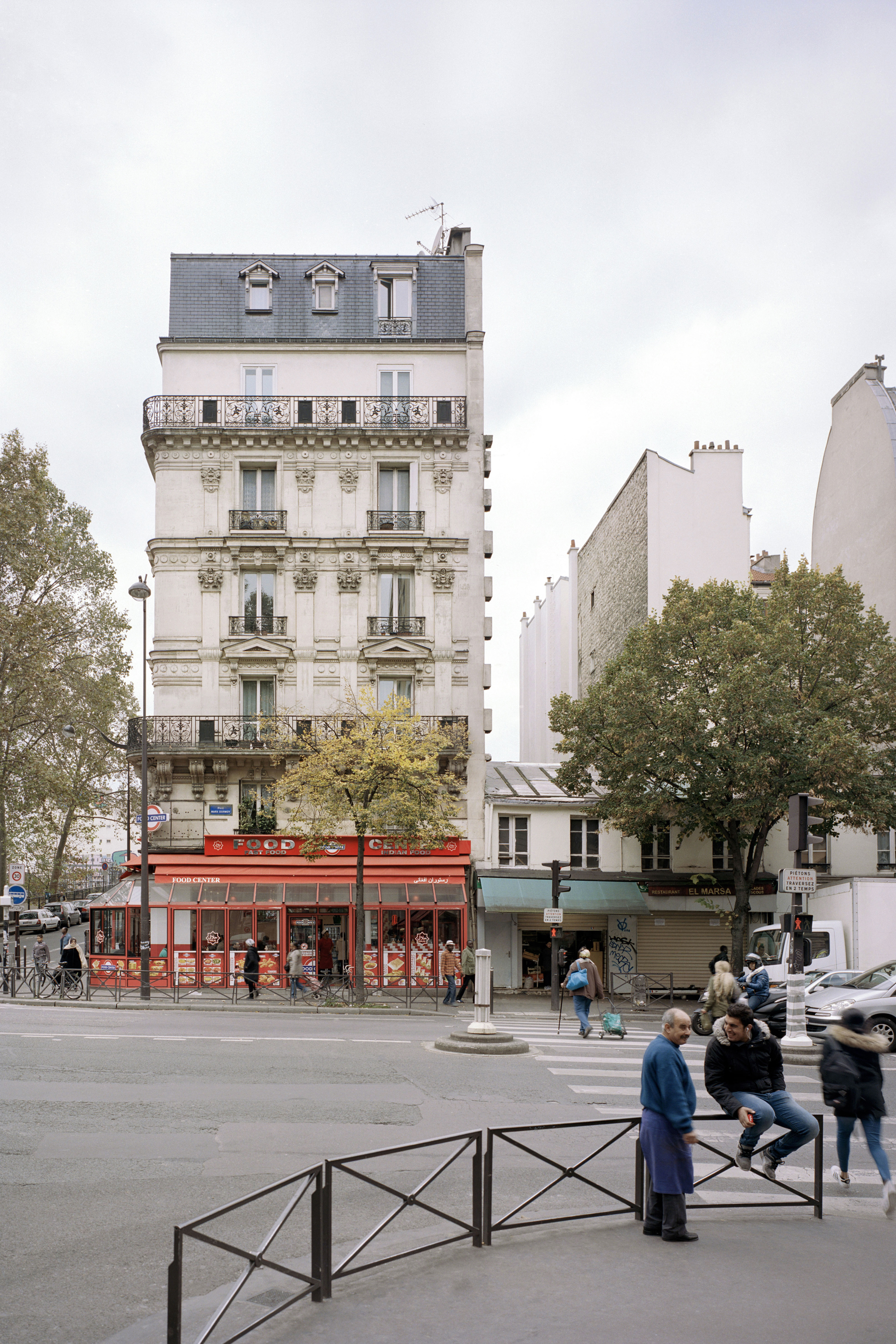
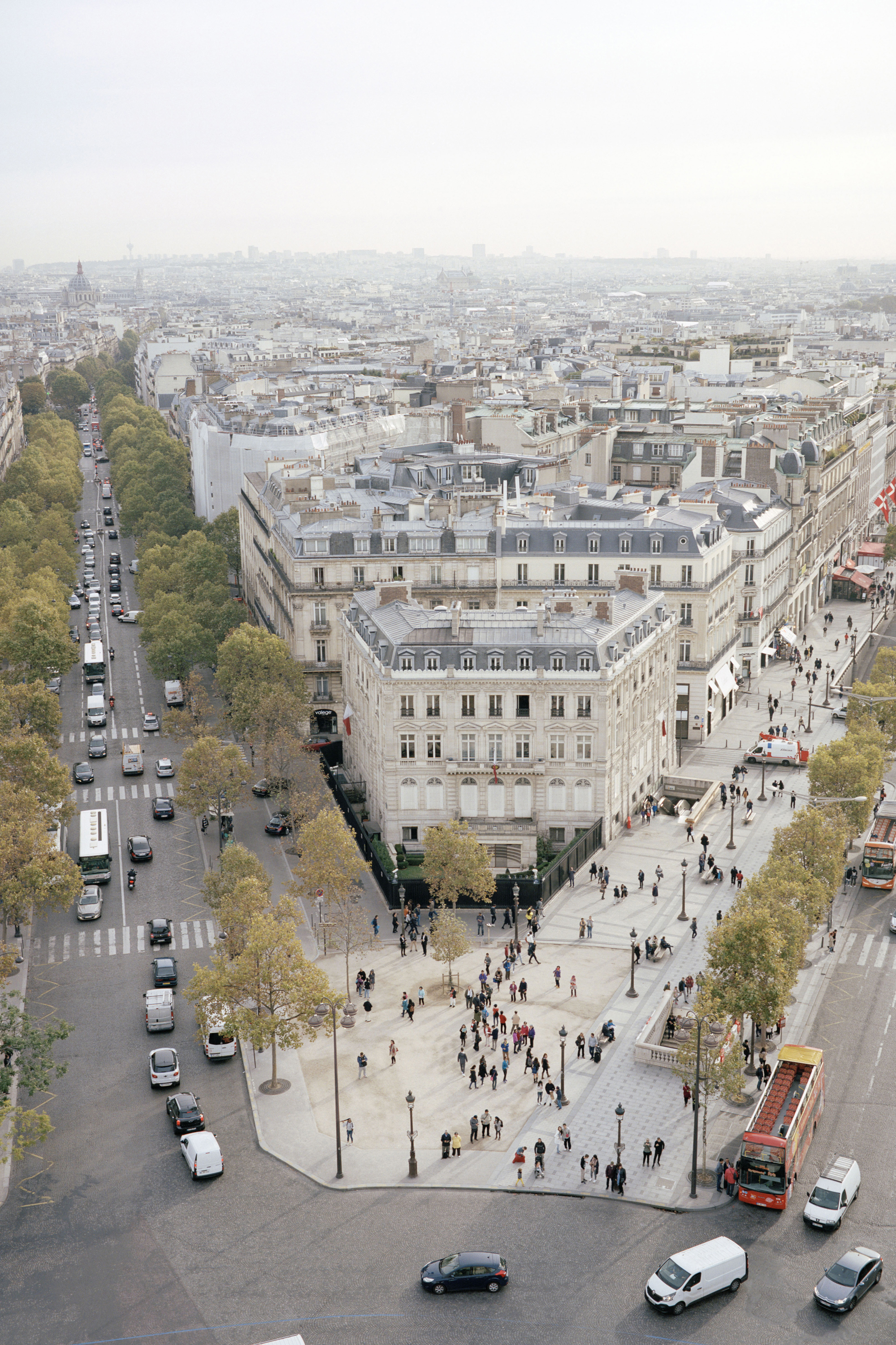
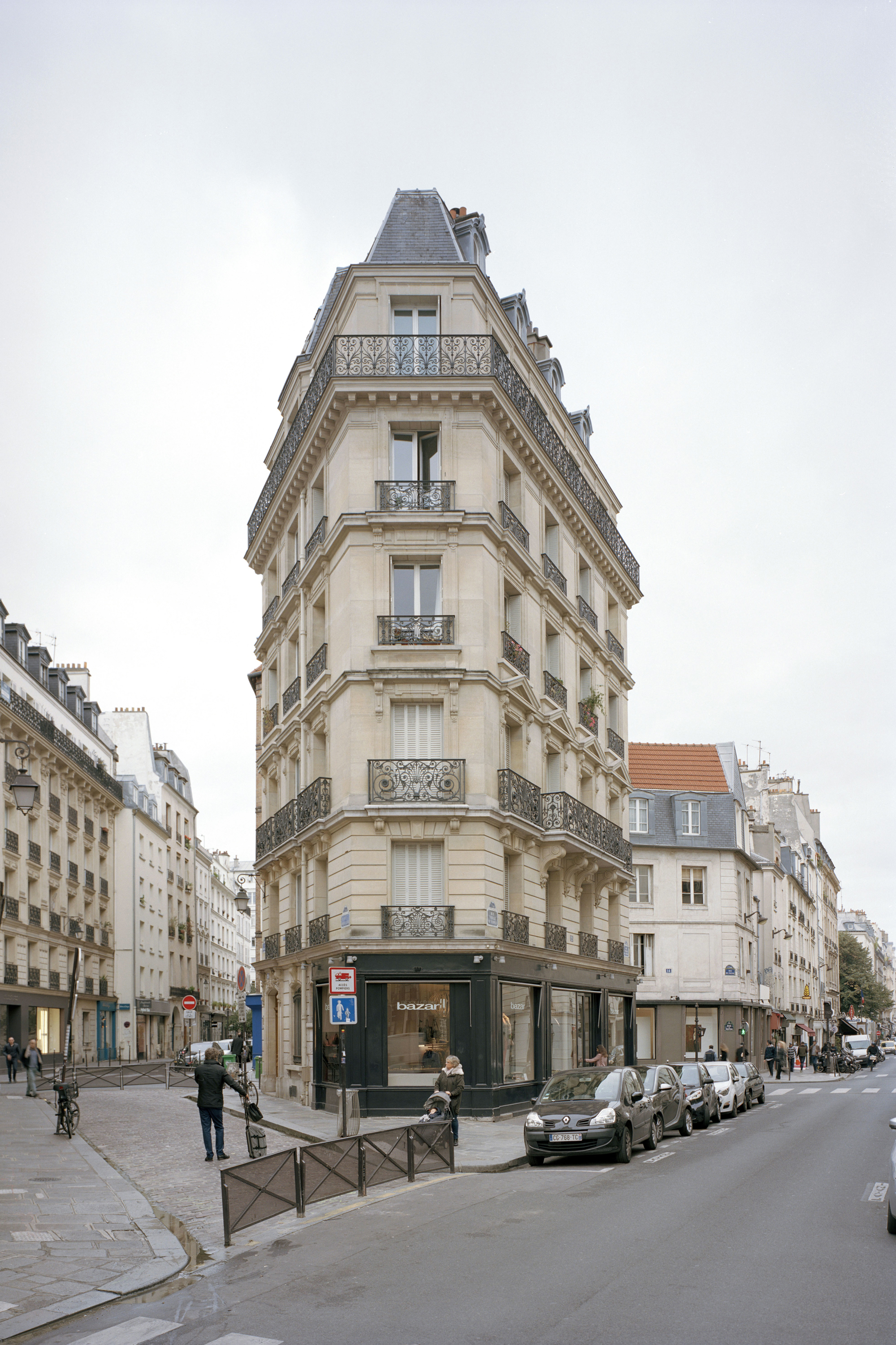
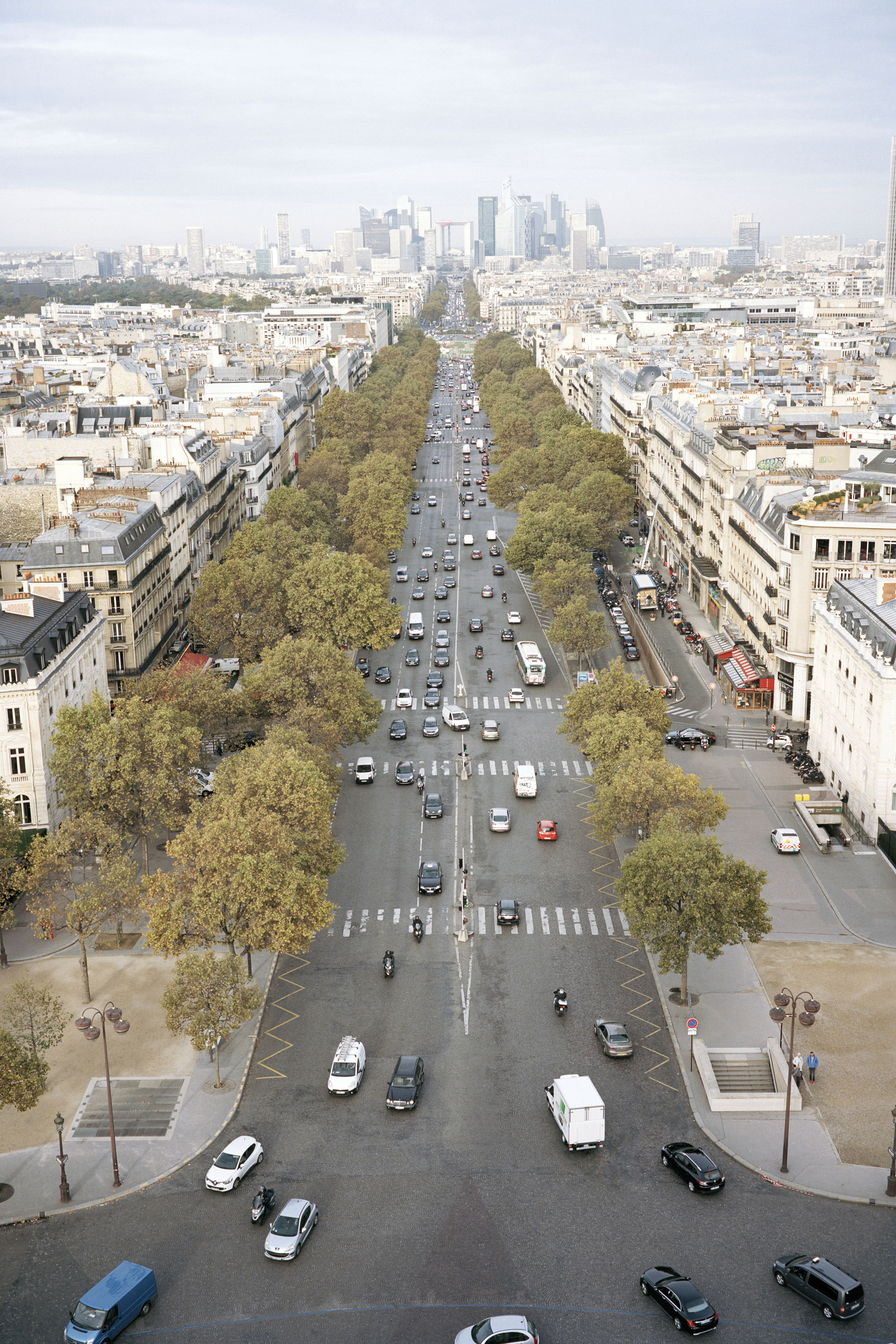
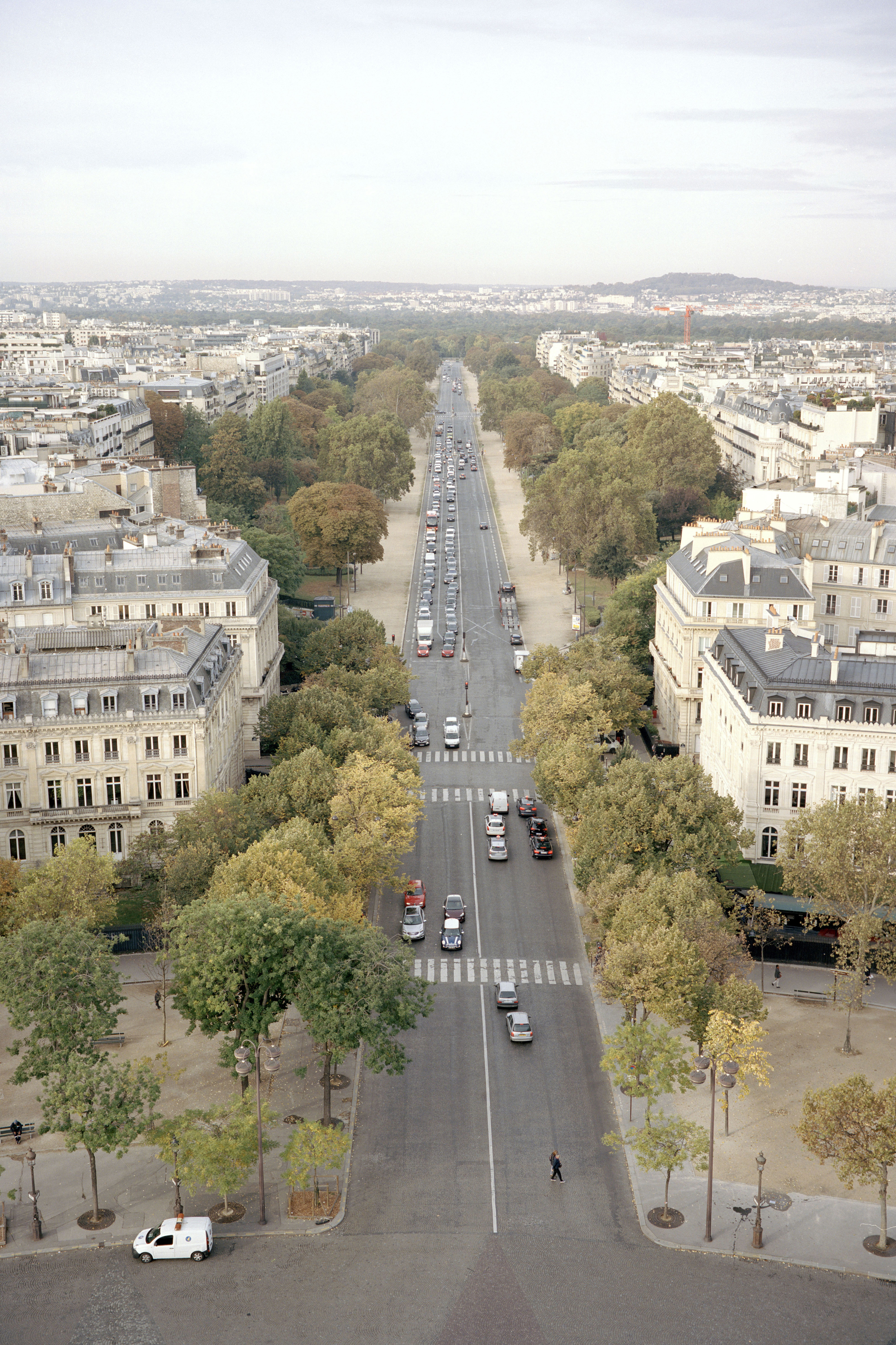
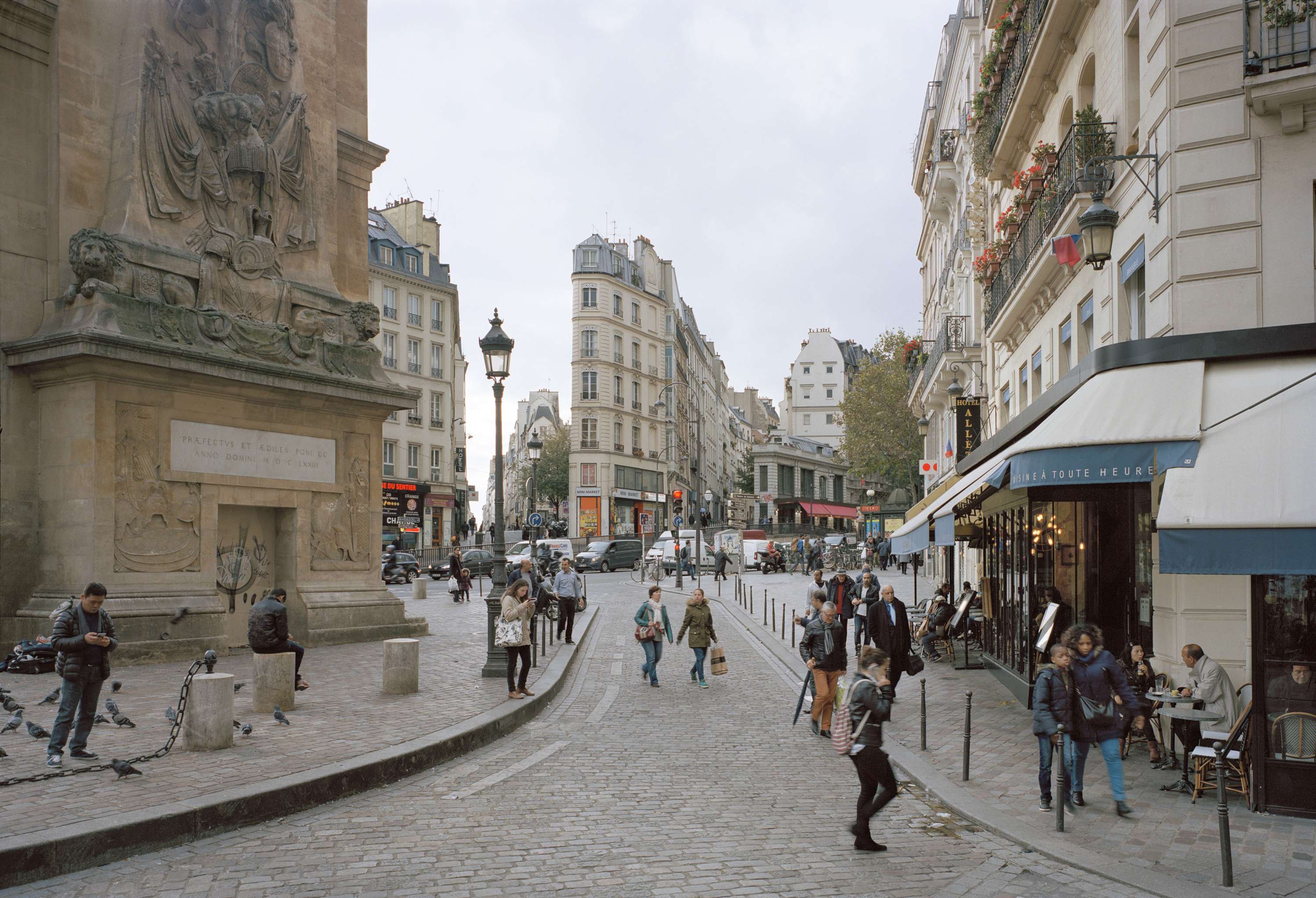
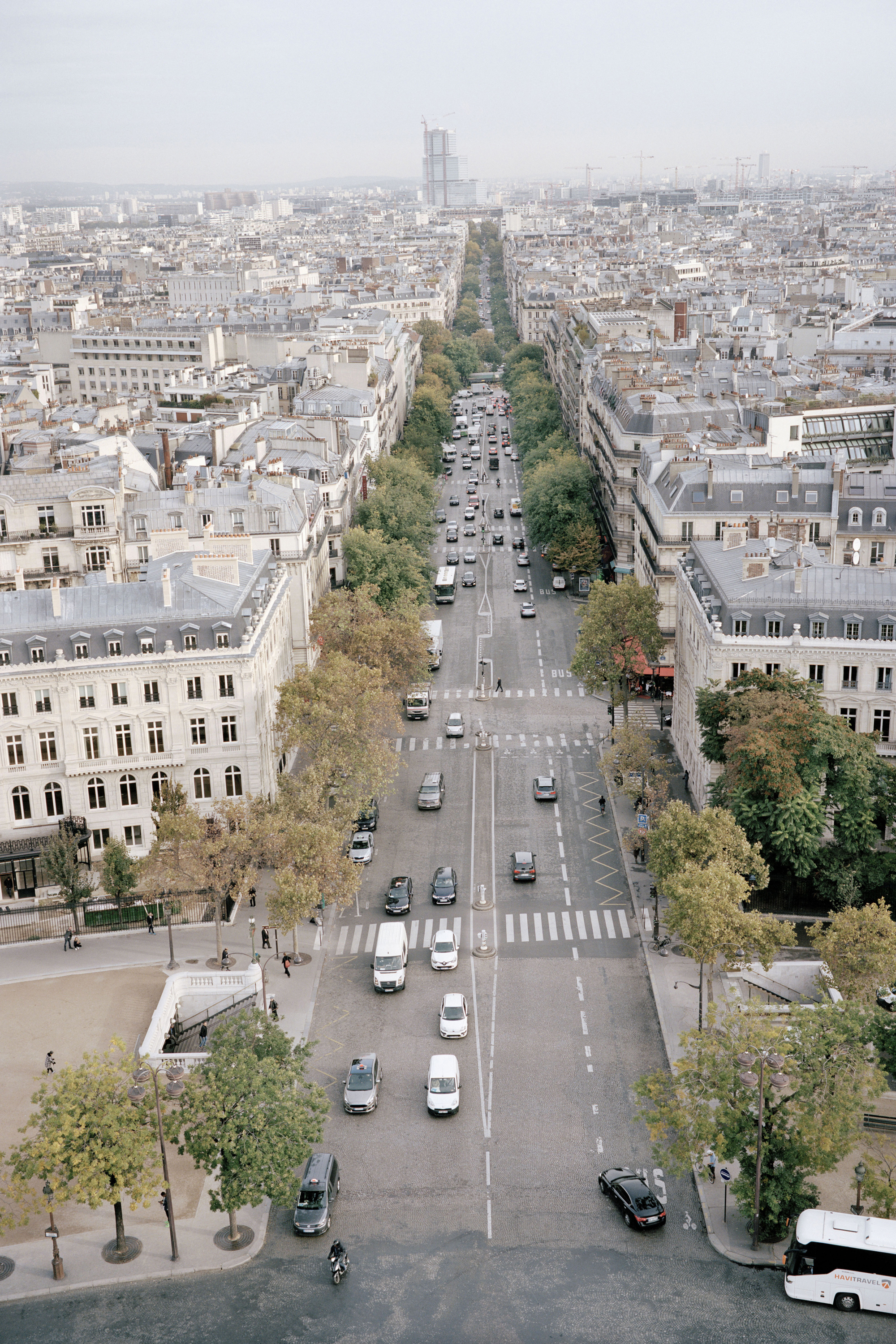
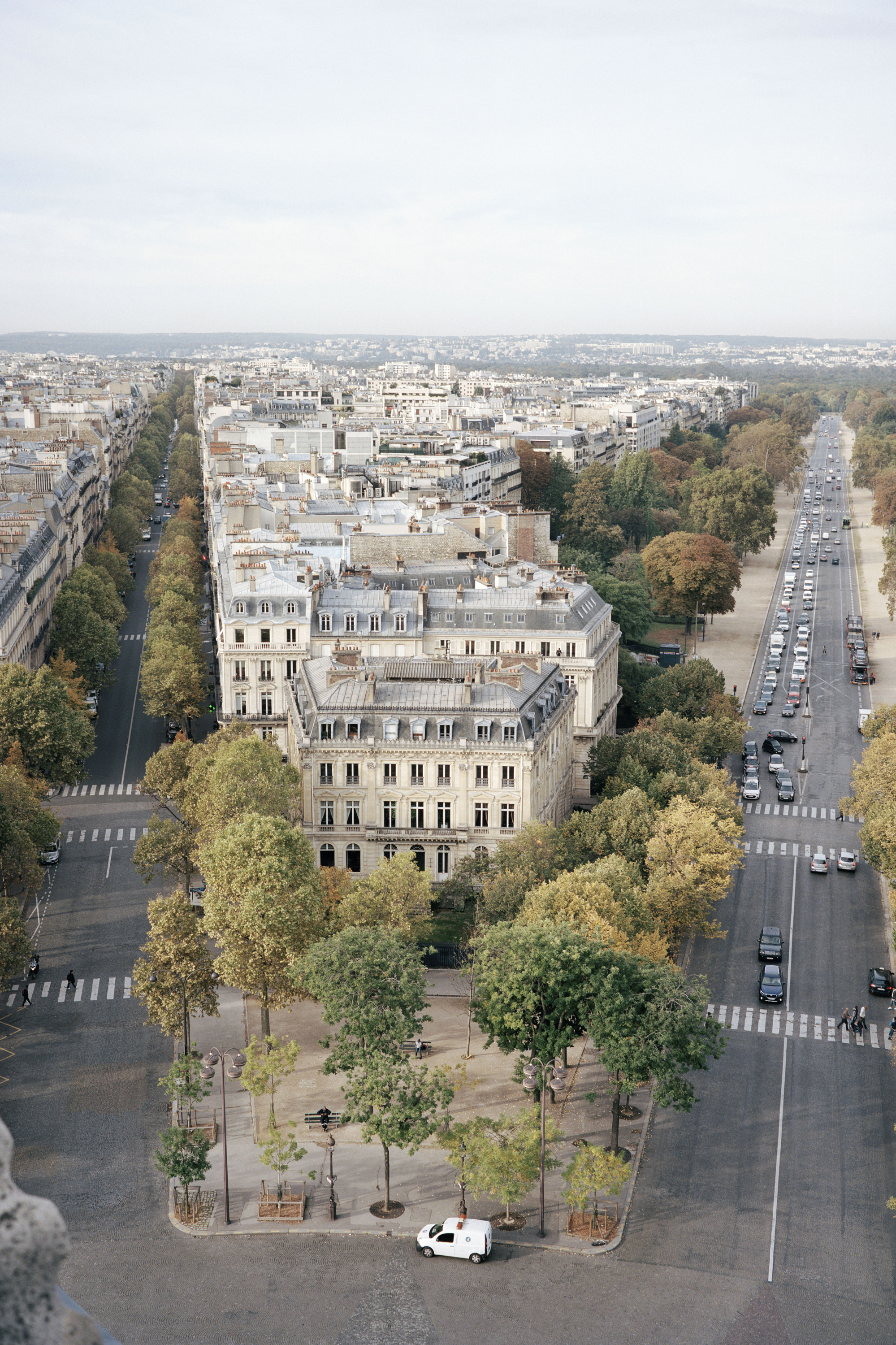
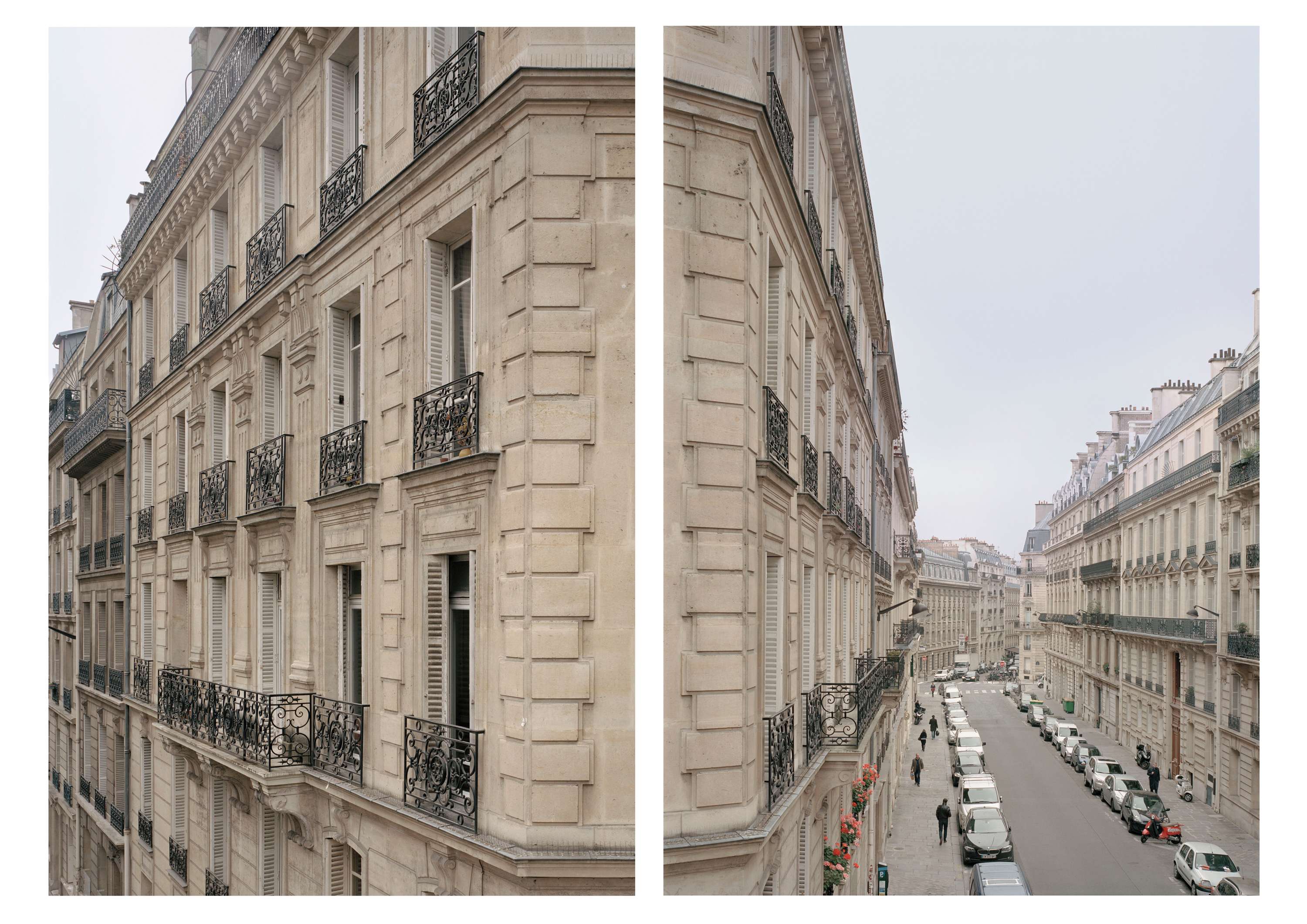

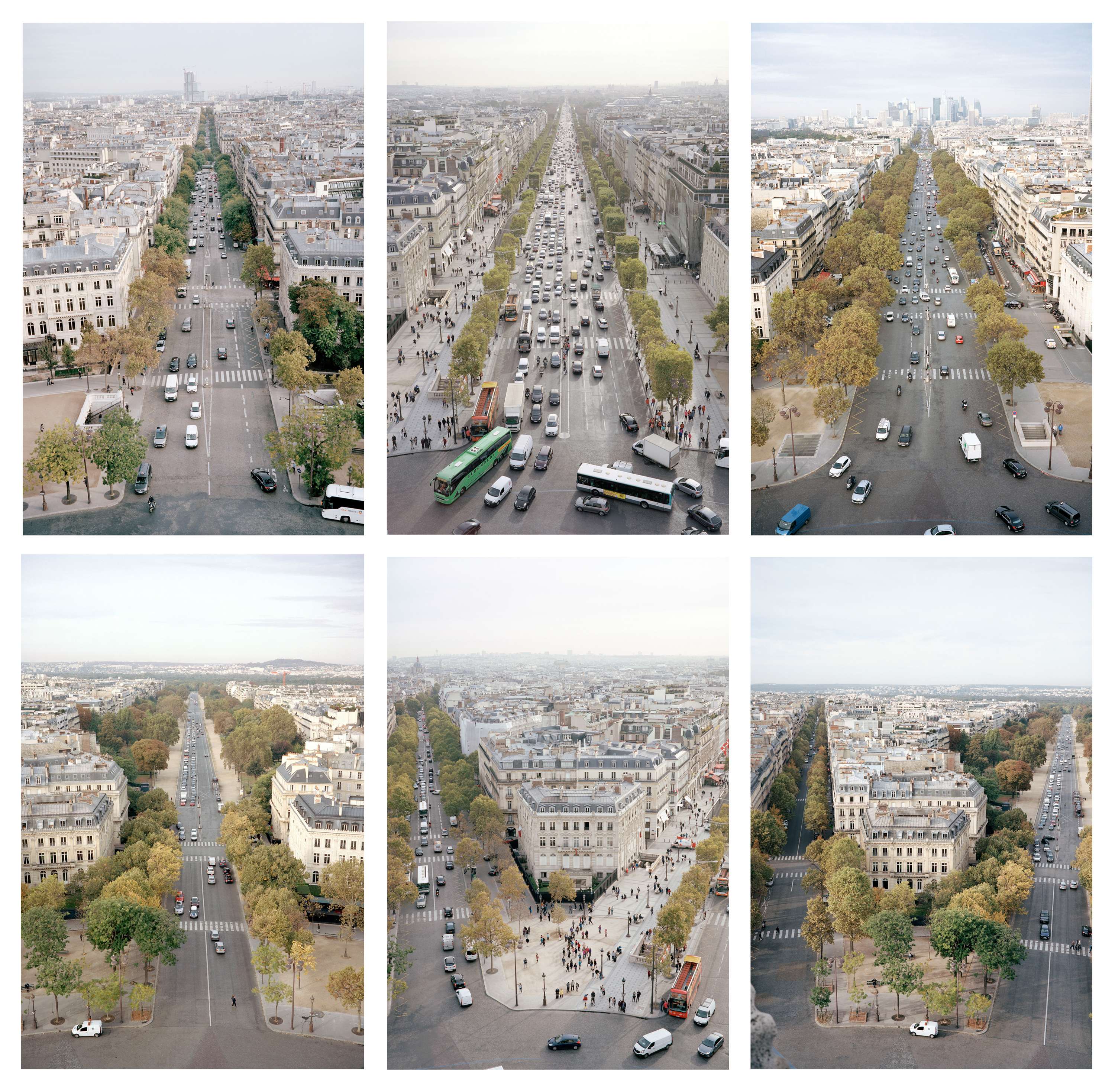
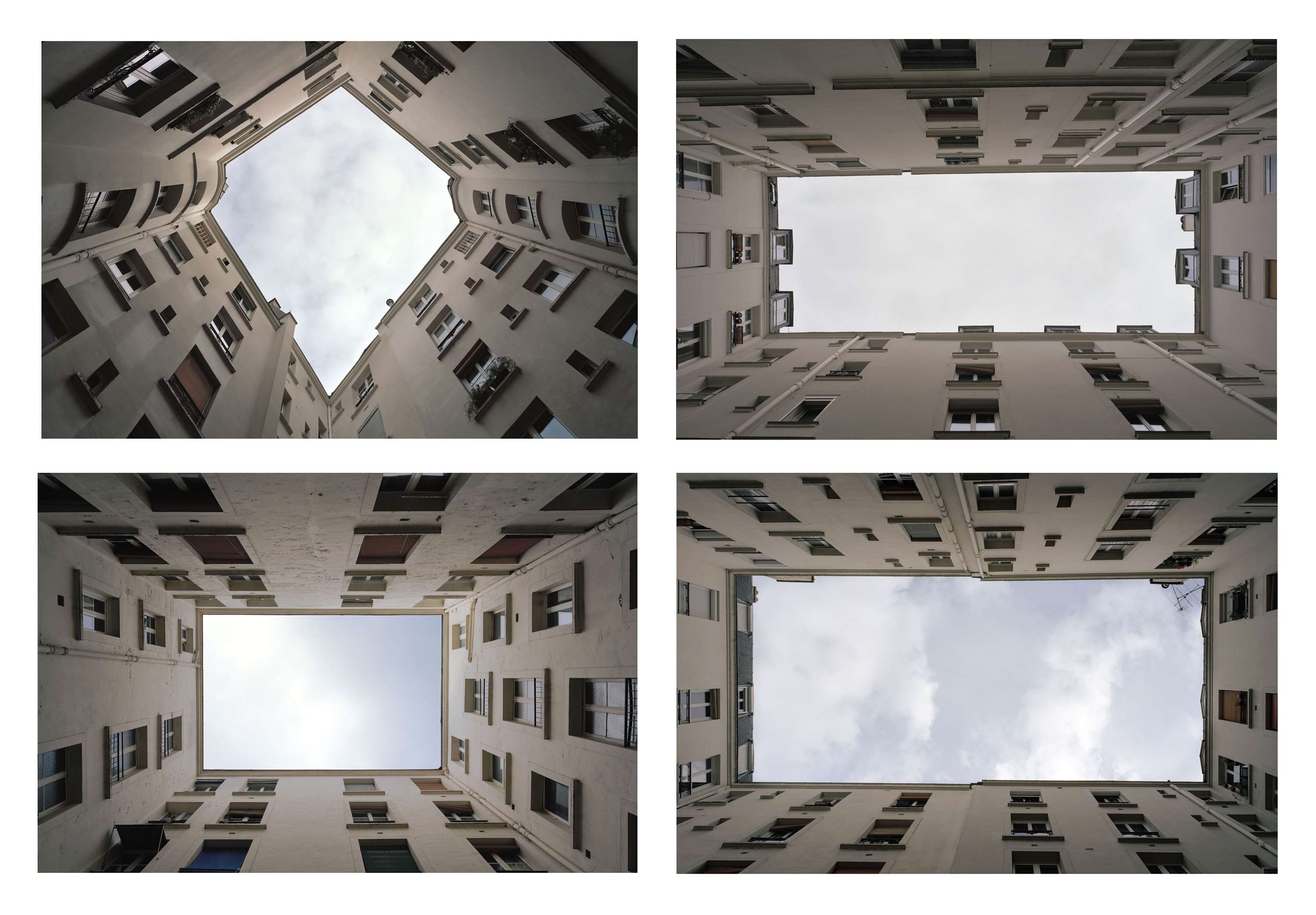
Lieu: Paris, France
Exhibition: Paris Haussmann, a model relevance
Gallery: Pavillon de l’Arsenal, Paris
Curators: LAN architecture - FBC
Publié: Mars 2017
Catégorie: Photographie
Source